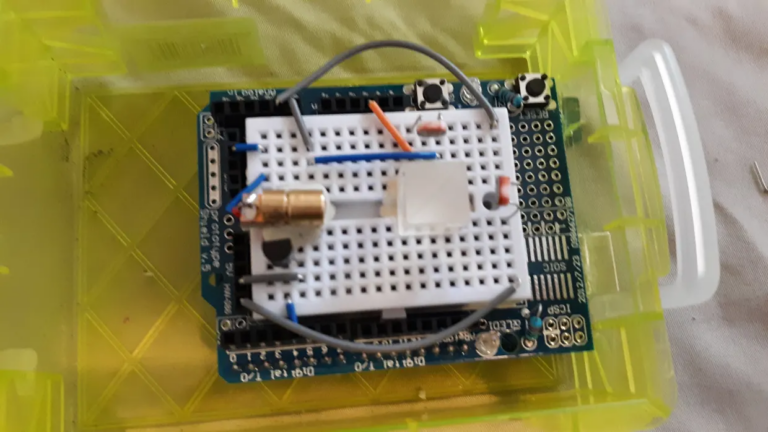What ICE Car Manufacturers Won't Tell You
On the Internet, you can often find critical reviews of electric cars, especially from those who have never seen them in person, but simply watched videos on YouTube and/or read media from countries that are not capable of producing not only electric cars, but also any kind of usable equipment at all.
Let's imagine for a moment that we've been driving electric cars all our lives and suddenly the gas station state starts lobbying for the interests of some loser, like AvtoVAZ, which produces cars with internal combustion engines.
The first thing you will notice after buying a car with an internal combustion engine is the long distances to gas stations. You will no longer be able to fill up your car at home, and there is no talk of someone filling up your tank for free while you are staying overnight in a hotel on a business trip.
If you are lucky in life and instead of the imposed new-model Zhiguli like Izh-Kalina, you bought a Porsche 911 Carrera with a 3-liter gasoline engine, then it is too early to rejoice. You will have to deal with a small power reserve – the car consumes an average of 22 l / 100 km, and the tank holds only 64 liters of fuel. Therefore, on a full tank, it offers a power reserve of only 290 km, and when driving at high speed on the highway, it drops to only 200 km (fuel consumption 35 l / 100 km).
Another model from the famous German manufacturer, the Panamera 4S Sport Turismo, has a much smaller appetite – 12 l/100 km. At today's petrol prices in Europe, this means that the cost of driving will be 18 euros for every 100 km. This is 2-3 times more expensive than the electric version. A big difference. Moreover, the cost of this model in the basic version starts from 130,000 euros, i.e. 20 thousand euros more expensive than its electric counterpart, although the version with an internal combustion engine accelerates a little slower. It is not surprising that in 2022 Porsche sold more electric Taycans than petrol Panamera.
Let's say you're lucky and you get to the gas station before you run out of gas, then the first thing that catches your eye at the gas station is the abundance of hoses. At a minimum, you'll have to choose from 4 – gas, gasoline AI-92, AI-95, diesel. If you mix up the hose from the second and third, nothing tragic will happen. But if you mix up the second or third with the fourth, then at a minimum you'll have to clean the entire fuel system, or even repair the engine.
At a petrol station you can't leave your car with a hose in the tank and go drink coffee, you need to vacate the space immediately after filling the tank. And if you got into a queue before that, you also need to sit in the car and systematically move it as those in front drive away.
Secondly, after standing on a frosty winter night, your car may not start in the morning. This problem is solved with the help of automatic start, but if your car is parked under the window of an apartment building, then its residents, inhaling exhaust gases, may file a complaint (at best). In addition, you will have to keep in mind that automatic start consumes fuel, and there are not gas stations around every corner.
Thirdly, you need to change the oil and even the antifreeze every season. A diesel engine in Siberia also requires different diesel fuel depending on the season.
Fourth, cars with internal combustion engines have a gearbox and a clutch pedal. The fact is that such engines have sufficient torque only in a narrow range of revolutions. In order to move from a standstill, you will have to perform a series of convulsive manipulations with your hands and feet, especially when moving uphill – press the clutch pedal, engage the gear, release the handbrake simultaneously with the clutch pedal and the main brake, moving your right foot to the gas pedal. You will have to train for a long time to achieve acceptable results and not make electric car owners laugh with ridiculous body movements.
Even when driving in a straight line, like a boiler stoker, you need to listen to the car. Your ability to hear when the engine reaches 2,000-3,000 rpm determines whether you can change gears in time, or whether it will stall in the middle of an intersection, or whether it will burn 100% more fuel than it should. Do you understand? You have to hear whether the engine under the hood is spinning 1,000 or 2,000 times per minute. How? Many new cars have a tachometer that shows the number of engine revolutions per minute. The problem is that when accelerating, you have to look at the road, not at the needle. Ultimately, you still need to rely on your hearing and train it.
Some petrol and diesel cars are equipped with automatic transmissions, but in countries with petrol stations they do not make such, that's one. Secondly, automatic transmissions are delicate and difficult to repair. They require special oil. When the automatic transmission is working, you will feel jolts and changes in engine operating mode in any case.
Fifth, cars with internal combustion engines are fire hazardous because they carry highly flammable fuel. Electric cars also sometimes catch fire, but much less often, so insurance companies make lower rates for them. It is easy to find videos of fires in cars with internal combustion engines or explosions of gas cylinders on the Internet, and fire statistics (on average 20 fires in cars with internal combustion engines per day!) are not optimistic. 
Sixth, fuel can become a target for criminals who can easily open the gas tank and pour the fuel into their canister. And if you have been letting exhaust gases out under your windows for a long time, they may come up with other interesting solutions to the problem.
Seventh – as you may have guessed, cars with internal combustion engines produce exhaust gases, from time to time, in different countries in different ways, you must go to a service station to check the level of harmful substances. Failure to comply with this requirement threatens a fine. You can argue as much as you like about how environmentally friendly or not environmentally friendly electric cars are. Maybe to produce enough electricity there is also a need to burn fossil fuels, but this does not concern you at all. This is the problem of the electricity producer.






